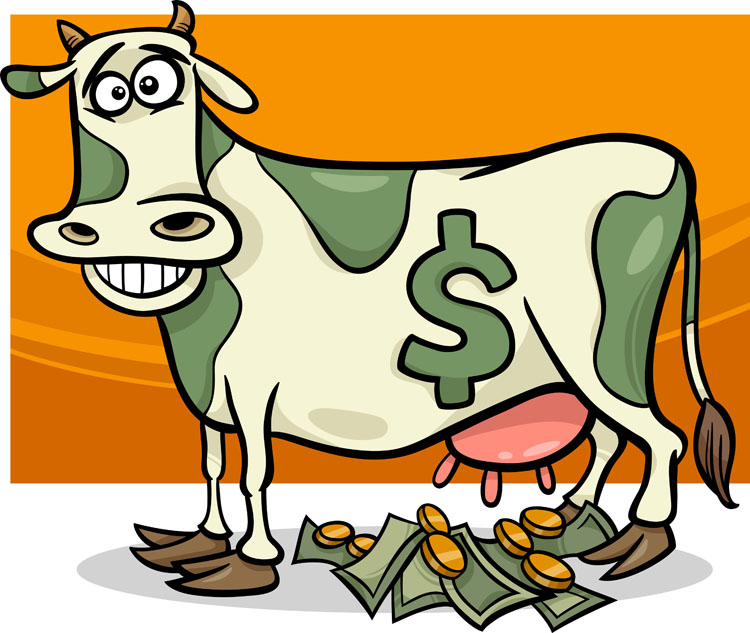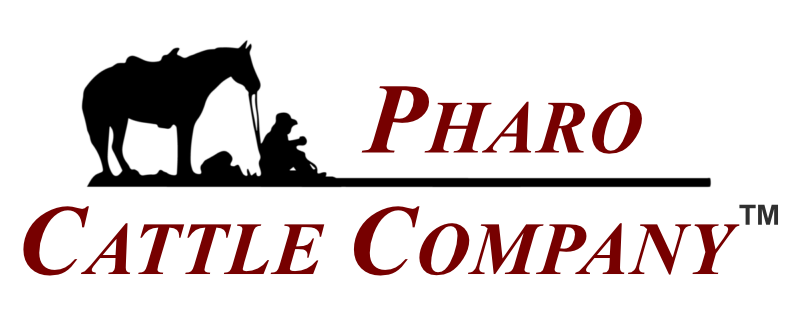
I recently read an article in a beef publication that quoted Stan Bevers who is a ranch economist in Texas. Stan said, “The average cow cost in the late 1980s and early 1990s was about $365 per year.” In other words, every calf had to sell for $365 to break even. A 450-pound calf would have to sell for $0.81 per pound to break even.
Stan went on to say, “Today, my clients’ average cow cost is $956 per year. How in the world did annual cow cost go from $365 to over $950 in a matter of 30 years?” If this is true, the breakeven price today on a 450-pound calf is $2.11 per pound. According to the latest CattleFax Update, 450-pound steer calves are selling for $1.78 per pound. That tells me Bevers’ average clients are losing at least $155 per calf.
At first, I thought $956 sounded a little high – but I bet it isn’t. According to the Livestock Marketing Information Center (LMIC), the national average cost of producing a calf was $883 in 2014. That is only an increase of $73 in the last six years.
The one thing I know for sure, is that some producers have a cost of production that is higher than average. These producers are losing more than $155 per calf. Some are probably losing over $300 per calf. I also know some producers have a cost of production that is much lower than average. For example, many longtime PCC customers have a cost of production in the $400 to $500 range. If your cost of production is $400 to $500 on a 450-pound calf, you will be making $300 to $400 on every calf.
Bevers went on to discuss the various fixed and variable costs that make up annual cow cost. He said it typically takes 63% of your annual income to cover your fixed costs. That only leaves 37% to cover variable costs like feed. There will be zero profit until all of your cow costs have been covered. Unfortunately, that is the situation most cow-calf producers are currently faced with.
I just about fell out of my chair when Bevers said, “The easiest way to decrease fixed costs is to increase the number of units in production.” The only way to increase cow numbers without having much effect on variable costs is through low-input genetics and good grass management. Most cow-calf producers can increase stocking rates by over 30% with the right size and type of momma cows. Proper grazing can increase stocking rates by another 50 to over 200 percent.
Without actually saying it, Stan Bevers inadvertently said we should focus on increasing production per acre (profit) – instead of production per cow (bragging rights). It is rare for anyone in the status quo herd to come to this conclusion! Other than Pharo Cattle Company, very few are advising cow-calf producers to focus on increasing production per acre. As we have said many times, stocking rate and cost of production affect profitability, or lack thereof, more than anything else.

Production per acre is determined by cow efficiency at turning grass into protein. Large cattle will always be at a disadvantage. I farm with Dexters because of this reasoning. Your article has really strengthened my resolve and I am just so shocked that so few have seen the light.